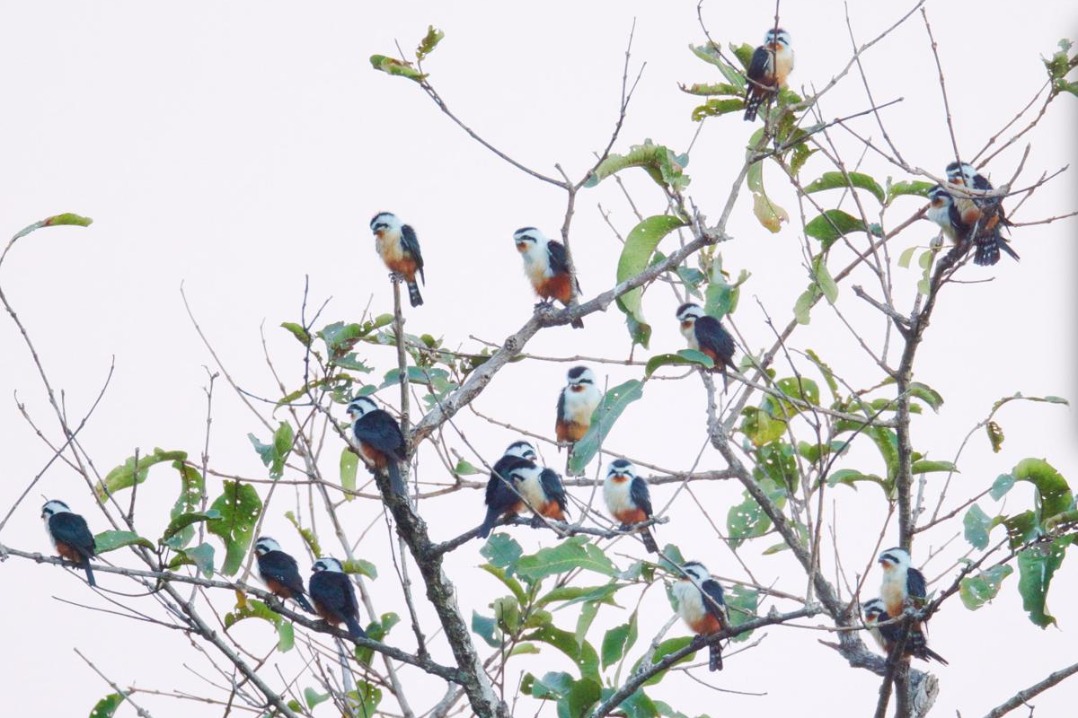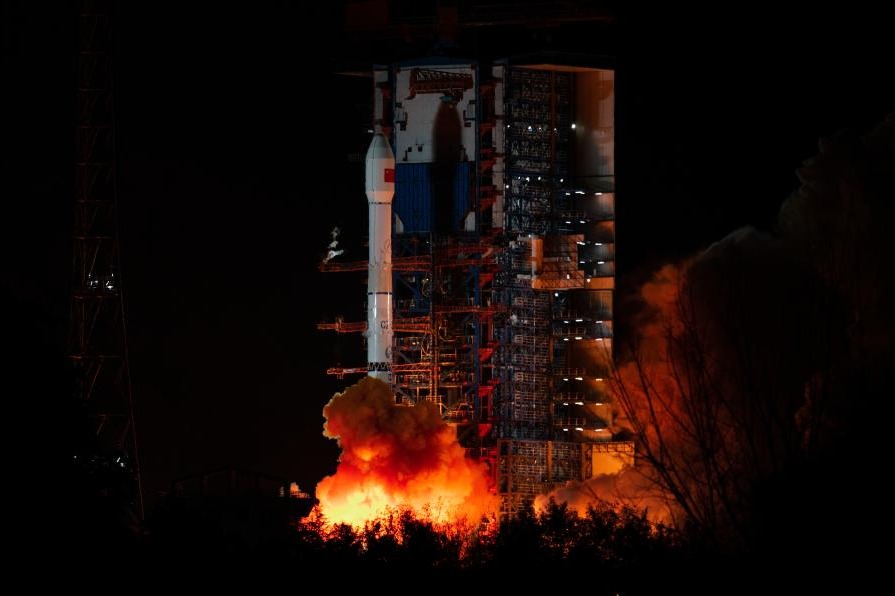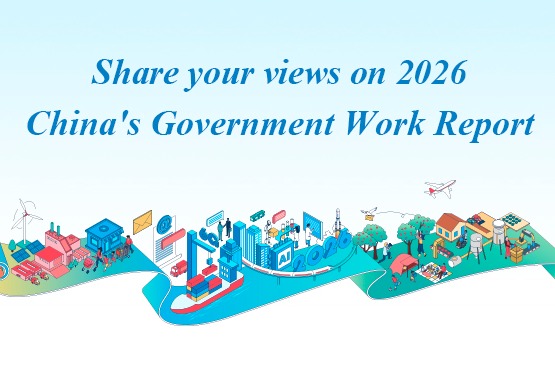Chinese researchers quantify water clarity with remote sensing data


BEIJING - Chinese researchers have mapped the country's water clarity of lakes and reservoirs in 30-meter resolution using remote sensing imagery data.
Water clarity is a reliable indicator for quantifying eutrophic status, said their recently published research article in journal Remote Sensing of Environment. The researchers from the Northeast Institute of Geography and Agroecology of the Chinese Academy of Sciences collected 2,152 samples from 34 field campaigns from 2013 to 2018.
Based on both measured data and Landsat OLI remote sensing data, they developed regression models to map water clarity with a 30-meter resolution at a national scale.
The research showed that the lakes in northeastern and eastern China had low clarity due to shallow water depth combined with high suspended matter and algal abundance.
Lakes in the Yunnan-Guizhou Plateau, Inner Mongolia Autonomous Region and Xinjiang Uygur Autonomous Region exhibited intermediate clarity, while lakes in the Qinghai-Tibet Plateau displayed the highest clarity, according to the article.
The Landsat imagery was demonstrated to be applicable in providing quantitative information about lake water clarity.
The research is expected to support inland water management and improve water quality.
- Chinese scientists use allergy-like immune response for cancer therapy
- Marine ecology off South China's Hainan Island remains favorable, report says
- Beijing to see first major snow of the season
- Fire-hit homeowners to get HK$100,000 subsidy
- Brain-computer interface gives hope to paralyzed people
- Experts look to establish guidelines for safe, ethical trials




































